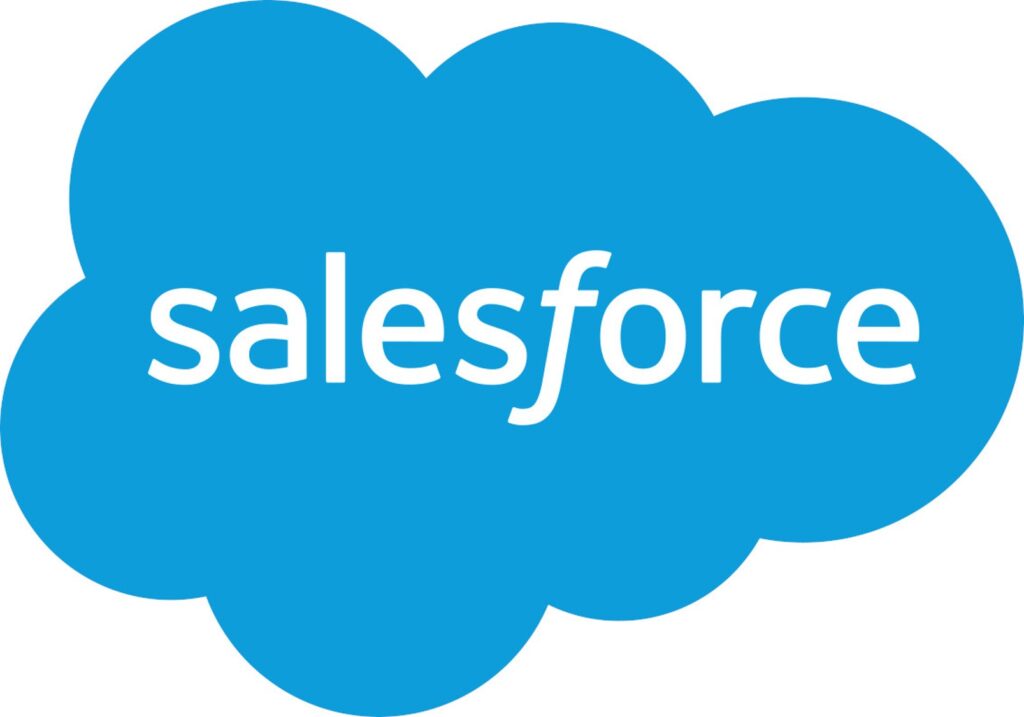
Salesforce Platform Optimization
Achieving Regulatory Compliance with Salesforce
Kenway Consulting helped a leading financial services client comply with updated regulatory requirements by implementing radical firm-wide process automation using the Salesforce platform
Industry: Financial Services
Client: National Financial Services Provider
Summary
After Federal Regulations changed for Fair Lending benchmarking, a leader in the financial services industry and one of the largest banking institutions in the United States needed to update its processes in order to continue to be compliant. The organization was struggling with how to meet these requirements and realized it needed assistance with planning, scoping and execution in an already constricted timeline given it had only four months before the regulatory changes became effective. The process the company employed at the time included paper forms that first required scanning, then emailing, and finally storing in file directories. This was not only highly manual and time consuming, but it often resulted in challenges in finding the right information at the right time when an audit was being conducted. The client needed to identify a way to streamline the procedure and implement a new solution that would allow the sales team to submit rates for premium financing loans, have the loans automatically benchmarked, and ensure there was a clear audit trail established.
At the time of engagement, the client had a Salesforce instance in place, but was not fully realizing the benefits of the platform and was not aware that it could be leveraged to automate its process. To address these gaps, Kenway led the organization through dozens of discovery interviews to solidify its understanding of current state processes associated with Fair Lending benchmarking. Kenway then confirmed and documented gaps in the process, and designed a solution to automate the tasks on Salesforce. This effort resulted in the organization being compliant with the regulation before it was effective, and left it with an optimized Salesforce platform it could continue to leverage in new ways throughout the enterprise.
The Problem
1

Manual Business Process
The process being followed by the organization was highly manual and required several people to take multiple steps to complete a thorough benchmarking analysis. To kick off the entry of a new record, sales reps would manually fill out a paper form, scan the form into an email, and send it to the internal operations team. The operations team then manually entered the key data elements from the form into an Excel sheet. Once input, a macro was run within the Excel file to confirm that appropriate criteria were met, and a pass or fail result was returned. The results were then reviewed by the operations analyst who sent them back to the sales rep, and appropriate actions were taken based on those outcomes. The operations analyst was then required to save the files as PDFs and store them on a company server in a folder organized by date to support future audits. Opportunities for manual errors and information being lost in the handoffs from one person to the next existed throughout the entirety of this process. The client needed to mitigate these risks.
2

Audit Capability
Each time the process was run, records were saved to PDFs and stored in a folder organized by date to help users find historical information. Without the ability to search, however, the organization was finding this was not enough to support regulatory audits. Additionally, elements of the analysis had to be updated monthly based on market conditions. These updates were executed by overriding the data elements in the macro without any steps being taken to store the details from previous months. Both practices created a situation where finding historical loan information was incredibly challenging and overly time consuming. In the event of an audit, there was a risk that required information needed to support why a decision was made to loan or not loan might not be accessible. The organization needed to implement change.
3

Key Person Risk
The macro run within the Excel file was maintained by a single resource at the company and had to be updated each month to capture historical loan details, a variable in the Fair Lending benchmark analysis. This individual was the only person familiar with editing and executing the macro, highlighting a key person risk. Eliminating key person risk by automating the benchmarking process was a significant factor in the decision to implement change.
The Solution
Per the Fair Lending Act, each time a loan application is completed, a benchmarking analysis needs to be conducted. The process of benchmarking requires an analysis of thousands of past loans over a specified period to compare the average loan amounts, durations and rates, filtered by the state in which the customer lives. To meet this requirement, the client’s data had to be stored, updated and easily accessed multiple times a day by multiple users. To satisfy these objectives and remove the pain points identified, Kenway focused efforts in three primary areas:
Salesforce UI Improvements

Kenway created several custom objects based on the intake form used in the past to ensure the user experience was consistent in the new automated tool. These newly configured Salesforce objects allowed for direct data inputs and, therefore, eliminated paper forms, the need to rekey data, and the constant back-and-forth emails. To ensure accuracy of data entered, Data Governance measures (requiring certain fields, account hierarchies, permissions, etc.) were incorporated into the automated process. Additionally, Kenway created complex custom workflows to move the approval through each step of the process swiftly. Kenway worked with the client to iterate on the design and incorporate user feedback gathered during the development of its unique Salesforce Path and other Visualforce pages to optimize the user interface design and experience.
Process Documentation

Kenway interviewed all resources involved in the process, including both sales and operations teams, to determine key pain points and identify steps that could be automated or improved. Based on these conversations, Kenway created a detailed list of requirements for new Salesforce objects, Visualforce pages, a new Azure SQL, and a logic app needed to automate and migrate the processes into the cloud. Once completed, Kenway documented the new business process to incorporate these automated steps, inclusive of the roles of each of the resources involved.
Data Storage & Automation

Kenway stood up a new Azure environment for the client, including an SQL database, to store historical loan data used for benchmarking. In addition, custom logic apps were created to process the data from Salesforce, organize it, compare it to the benchmarking data, and return the results of the benchmarking process to Salesforce with a pass or fail designation. This eliminated the need for an Excel macro that had to be maintained monthly. Azure would then store all data elements leveraged for each transaction to enable the ability to quickly access details during a future review and/or audit.
What Kenway Delivered
Once completed, Kenway had developed an automated process with added efficiencies and controls, and implemented the new solution leveraging the client’s existing Salesforce platform. This gave the client a quick and effective way for its sales team to interact with Salesforce to approve loans, and added the ability to quickly audit the transactions as needed. Kenway’s solution ensured the client’s compliance with Fair Lending federal regulations, while simultaneously improving sales and operational efficiencies – all while leveraging a system already being used by the organization.
Deliverables:
- Process Flows
- Business Requirements
- Technical Design Documentation
- Salesforce Configuration
- Salesforce Platform Development
- Visualforce/ Lightning Web Components
- Azure Logic App
The Result
85% Increase in Daily Loans
95% Increase in User Adoption
$50K in annual savings
With the new process in place, sales teams could now send benchmarking approvals at the click of a button. This reduced the time needed to process benchmarking requests from 24 hours to less than two minutes, and increased by 85% the number of loans that could be benchmarked each day. These time savings allowed the team to increase focus on its most important responsibility – selling – and spend less time on administrative constraints. Kenway created comprehensive and intuitive Salesforce screens for sales managers to navigate, leading to a 95% increase in Salesforce user adoption. Additionally, the organization found an increase in the operations team’s bandwidth due to the elmination of the manual processes. This freed up an estimated 170 hours per month that could then be repurposed to increase sales support, equating to an estimated cost savings of ~$50,000 per year.
How Can We Help?
REQUEST A CONSULTATION



